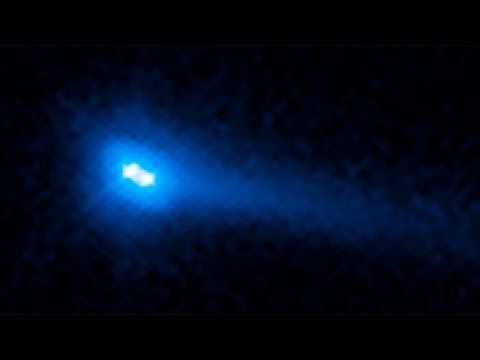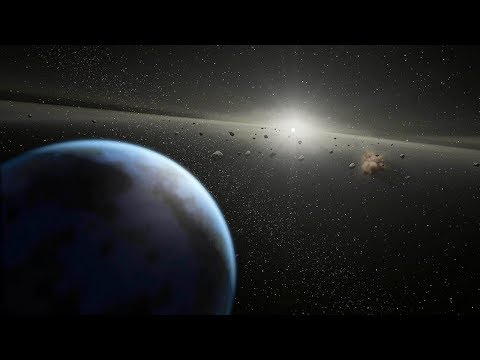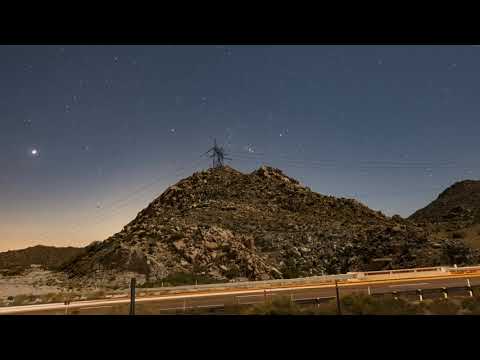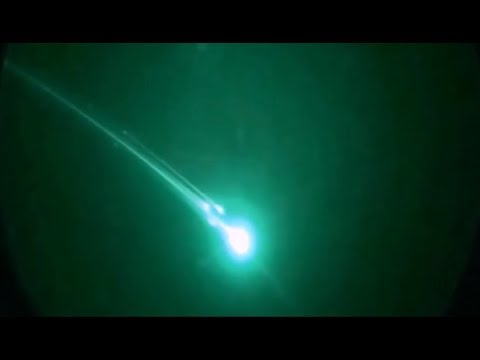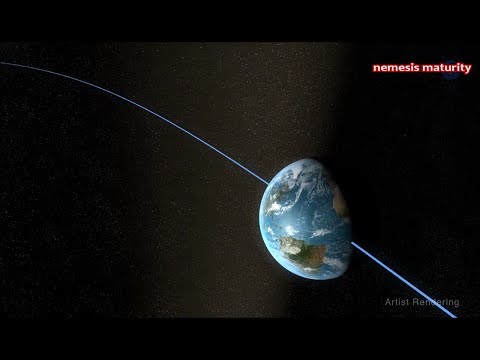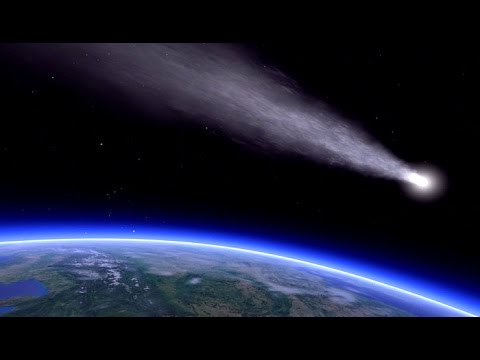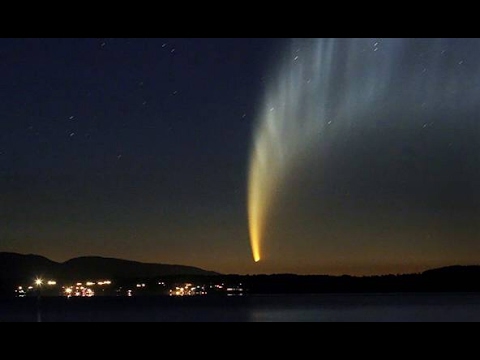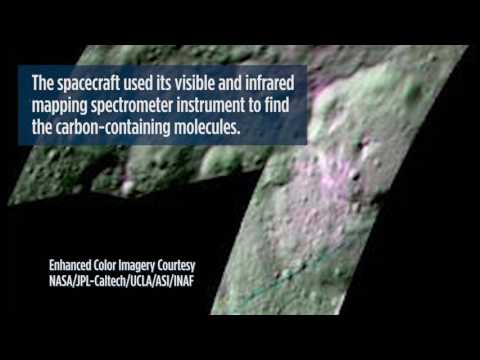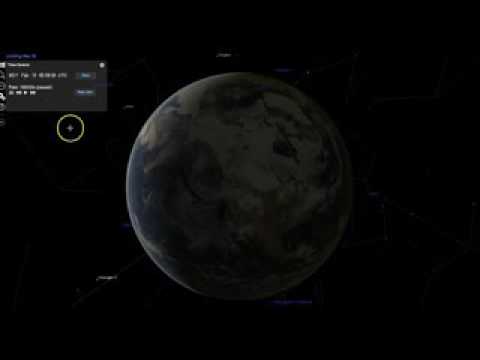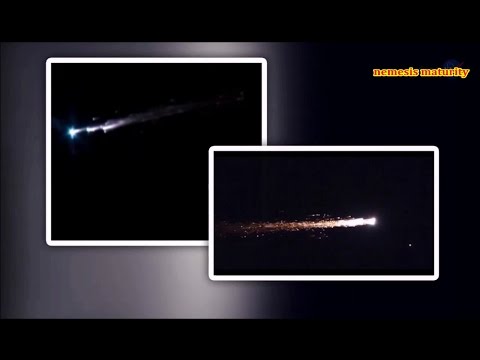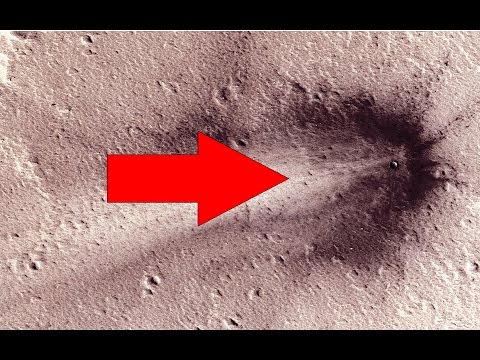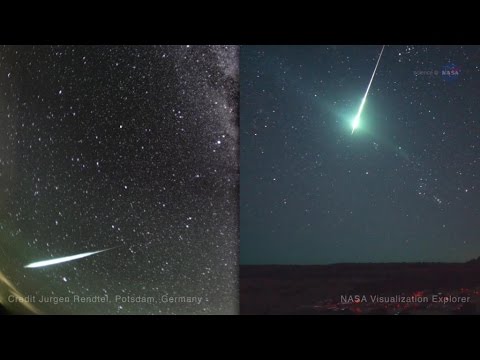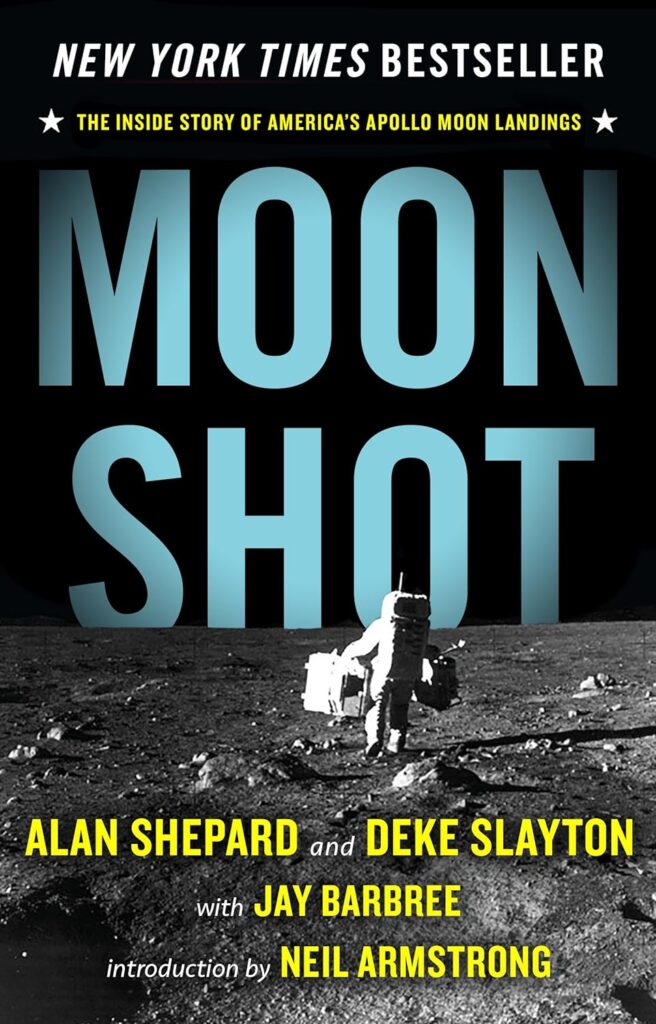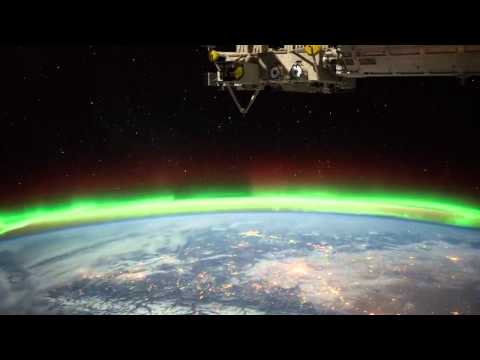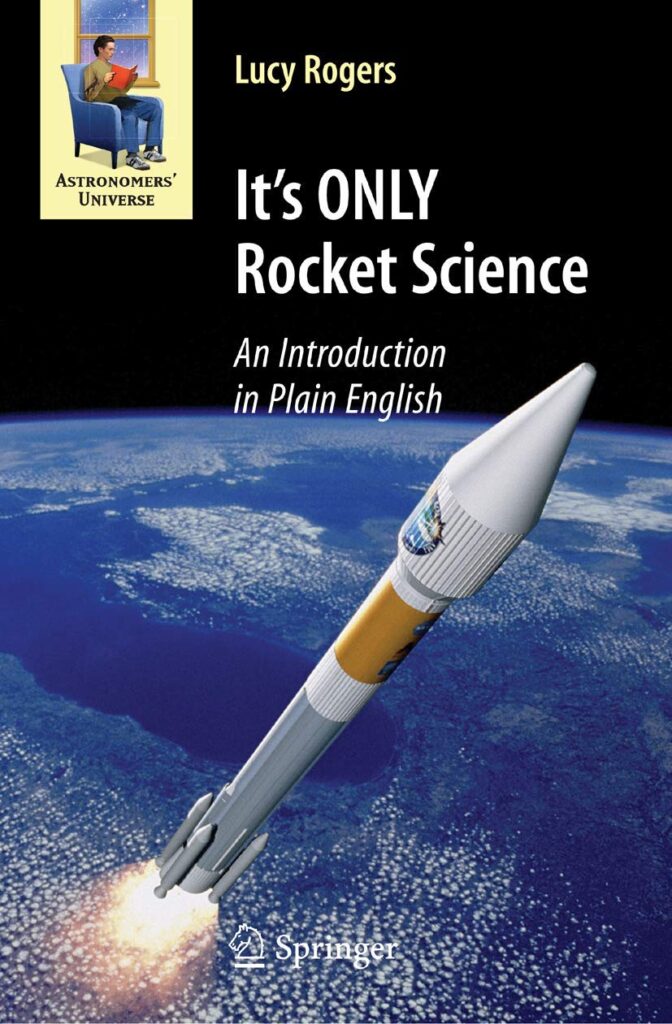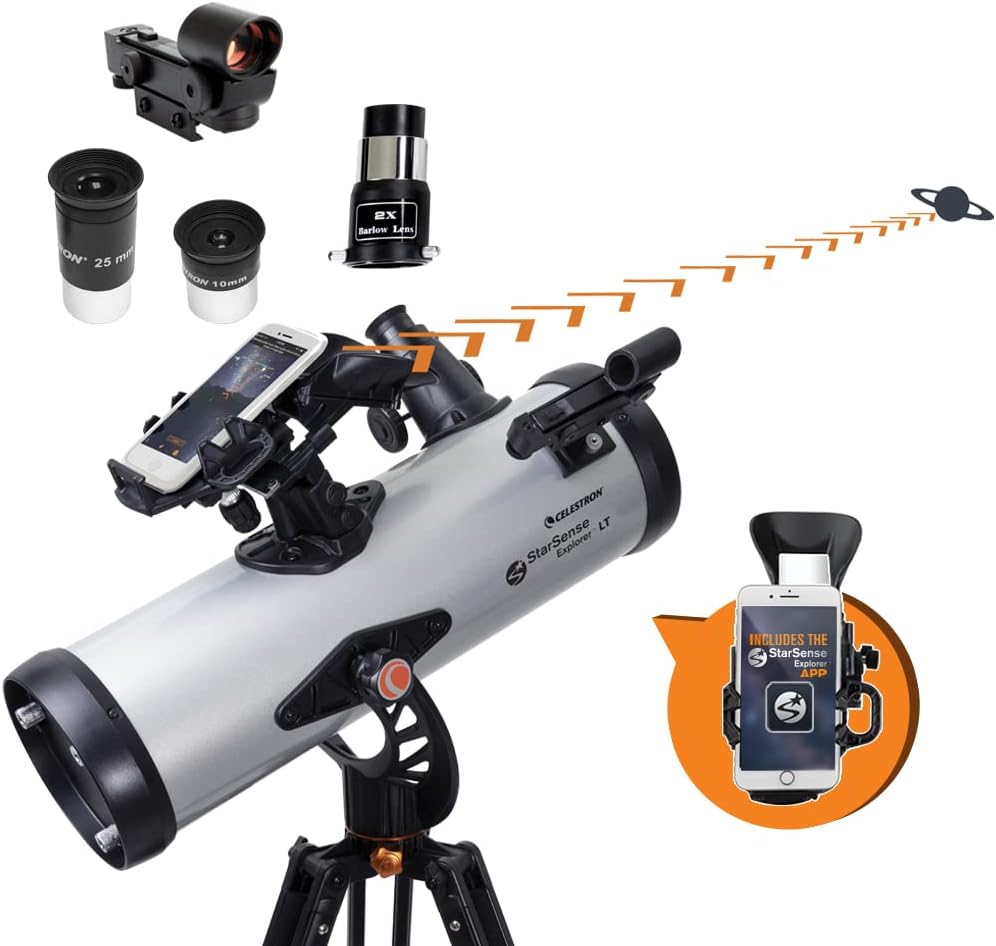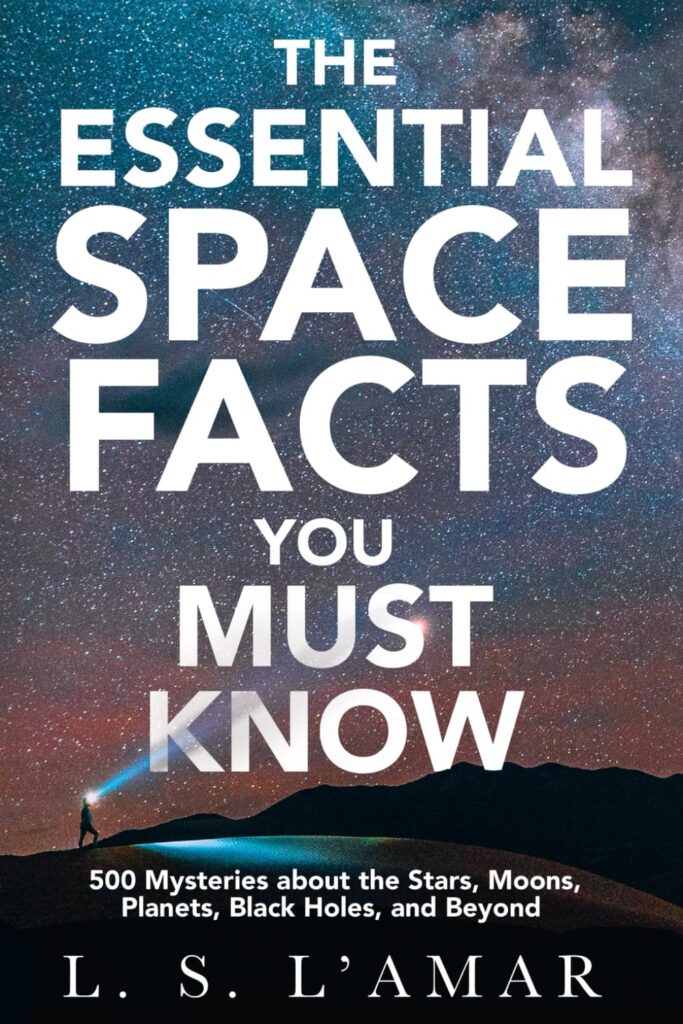Category: Asteroids & Comets
Using the Hubble Space Telescope, astronomers have found that asteroid 288P is the strangest asteroid they have ever seen. Namely, they have confirmed that the object is actually a binary asteroid where two asteroids...
A new NASA’s radar image has revealed that asteroid Florence has two moons. The asteroid has passed by Earth between August 29 and September 1. It is 4.5 kilometers (2.8 miles) wide, while the...
The following time-lapse video shows the Milky Way and the Perseid meteor shower in the California’s night sky. Even though Perseids were not that numerous as the previous year, the view is still spectacular.
The following video shows us the bright fireballs from the annual Perseid meteor shower growing faster during previous five nights.
In the following month, there are two important space events waiting to happen. One of them is the Perseid meteor shower that will reach its peak on August 11, 12, and 13. After that,...
This year, Eta Aquarid meteor shower reached its peak on the last weekend, May 6/ 7th. The following video shows the meteor shower and the Milky Way across the night sky of Colorado Springs,...
Periodic comet 41P/Tuttle–Giacobini–Kresák is discovered in 1858 by astronomer Horace Tuttle. During the second part of March, it will travel through constellation Ursa Major to Draco. It will be closer to our planet on...
Using Slooh online observatory’s telescope in Chile, astronomers have spotted the Comet 73P/ Schwassmann-Wachmann as it passes by the Earth. They have noticed that its nucleus has split into two pieces thus continuing the...
By using data from the NASA’s Dawn spacecraft, scientists have found organic molecules on dwarf planet, Ceres. The discovery points at the possibility of the existence of primitive life forms on this mysterious member...
The next full moon is actually a lunar eclipse that will appear on February 11. The eclipse is also known as “Snow Moon” and will occur with the Comet 47P/ Honda-Mrkos-Pajdusakova.
This video shows a spectacular meteor fireball in the early morning of January 25 that appears above North Carolina.
Using a high-resolution camera on NASA’s Mars Reconnaissance Orbiter, scientists have captured a new crater. The fresh crater probably appeared as a result of the recent asteroid impact.
This video explains how and where to watch the Quadrantid meteor shower this year. The peak is expected to occur on January 3rd and 4th, depending on skywatcher’s location.
The following video explains when and where to look for the Ursid meteor shower. The shower will appear together with the moon in its last quarter phase. Even though the bright moon will make...
NASA’s Dawn spacecraft has found water ice in dark pockets of Ceres that are eternally hidden from the Sun. However, it doesn’t surprise scientists. They already have a theory that Ceres once had liquid...
The best meteor shower – the Geminid meteor shower – will reach its peak on December 13th. This year, it will coincide with the full moon, which will make it appear less spectacular than...

